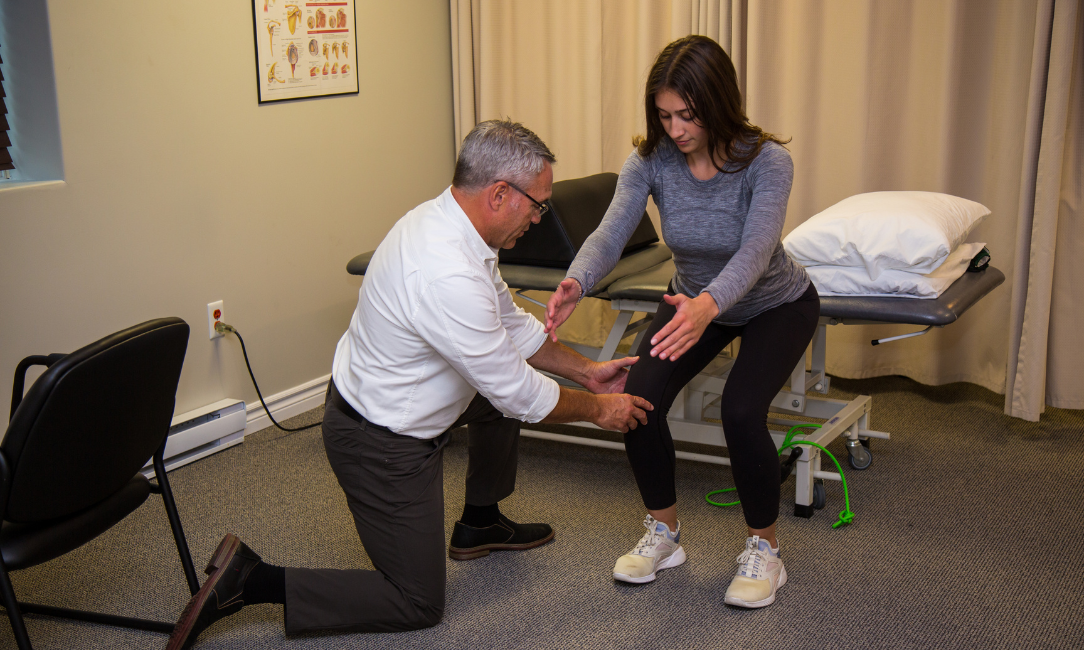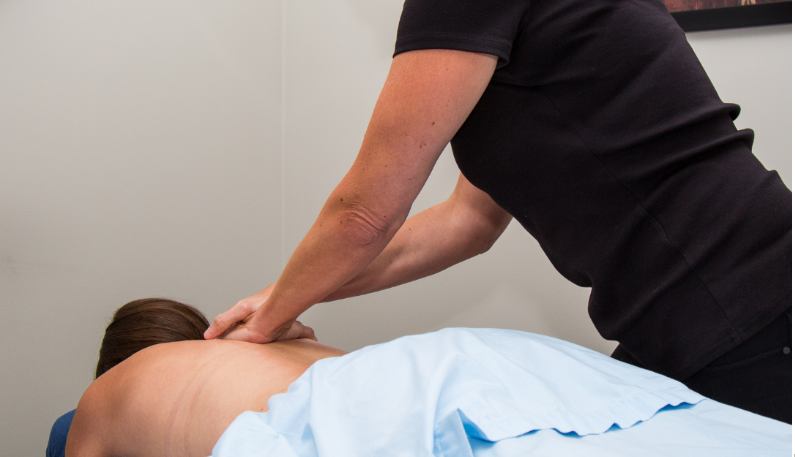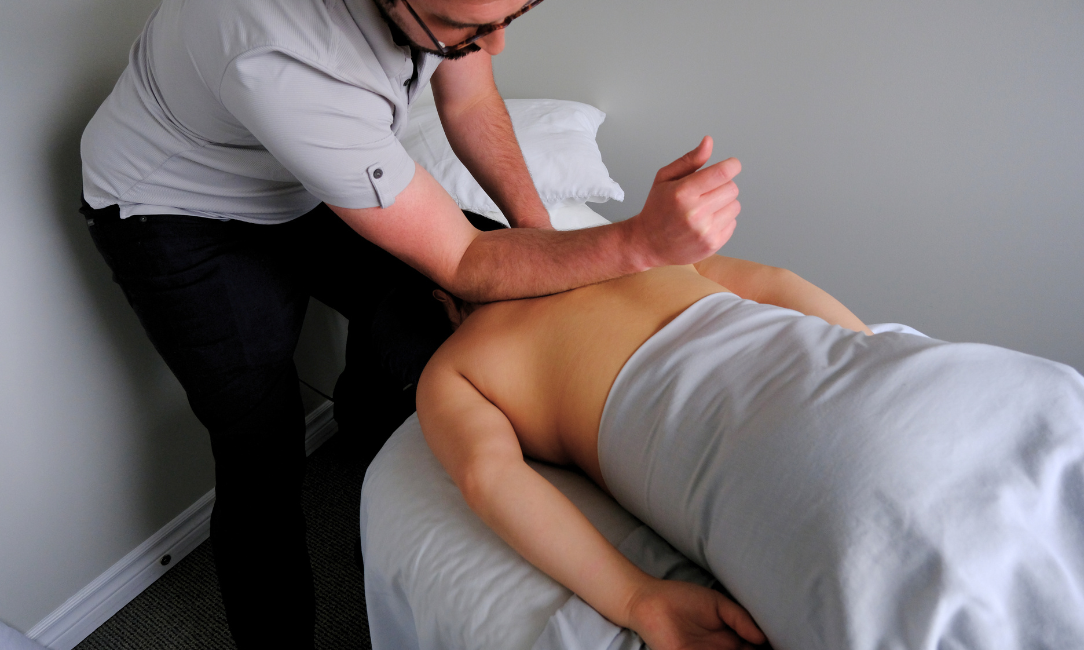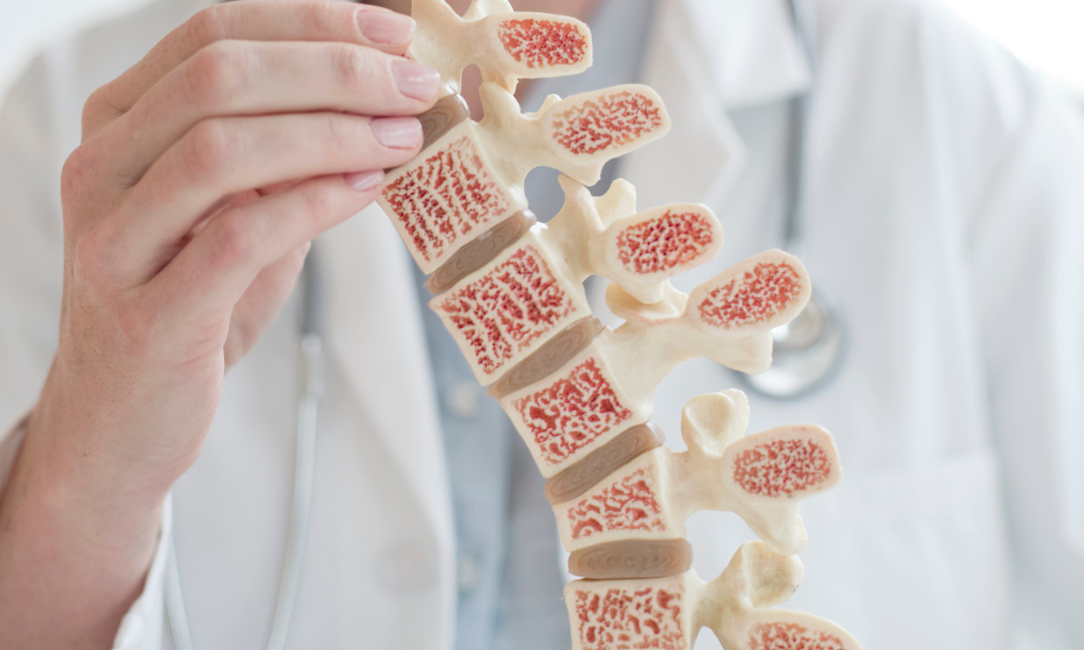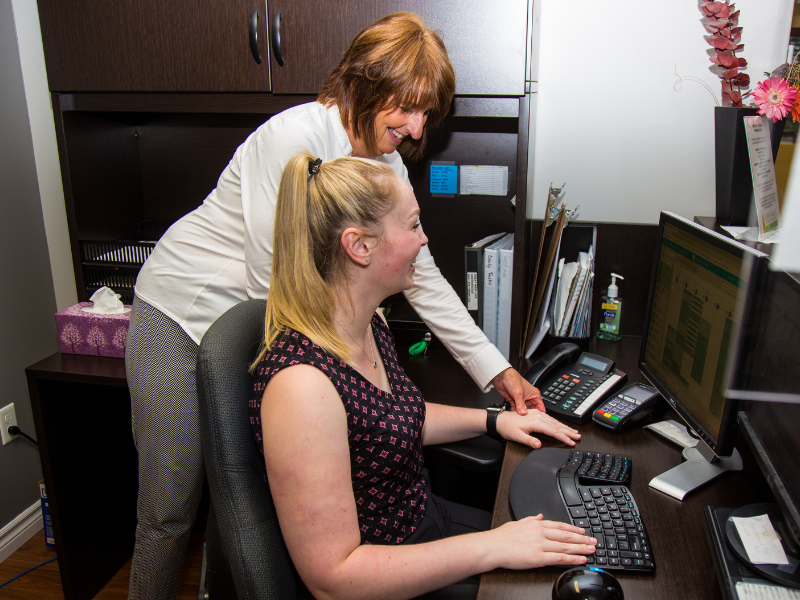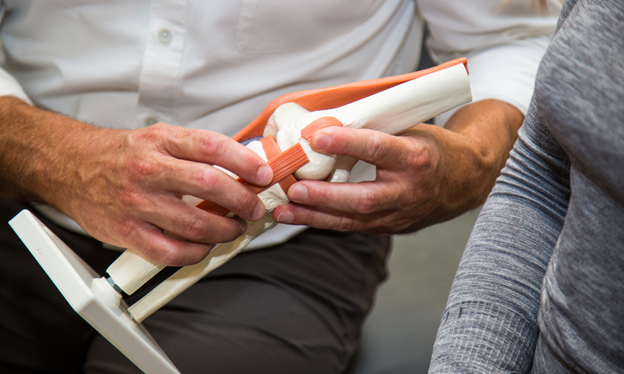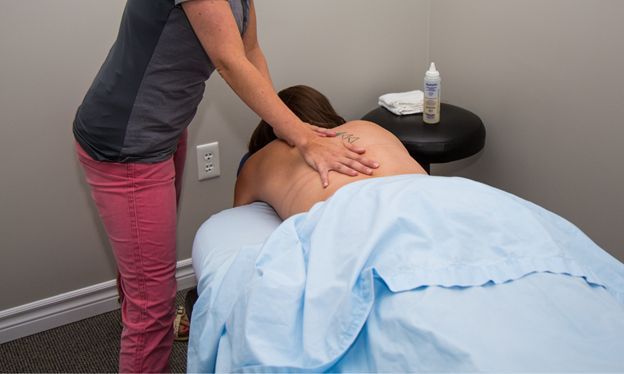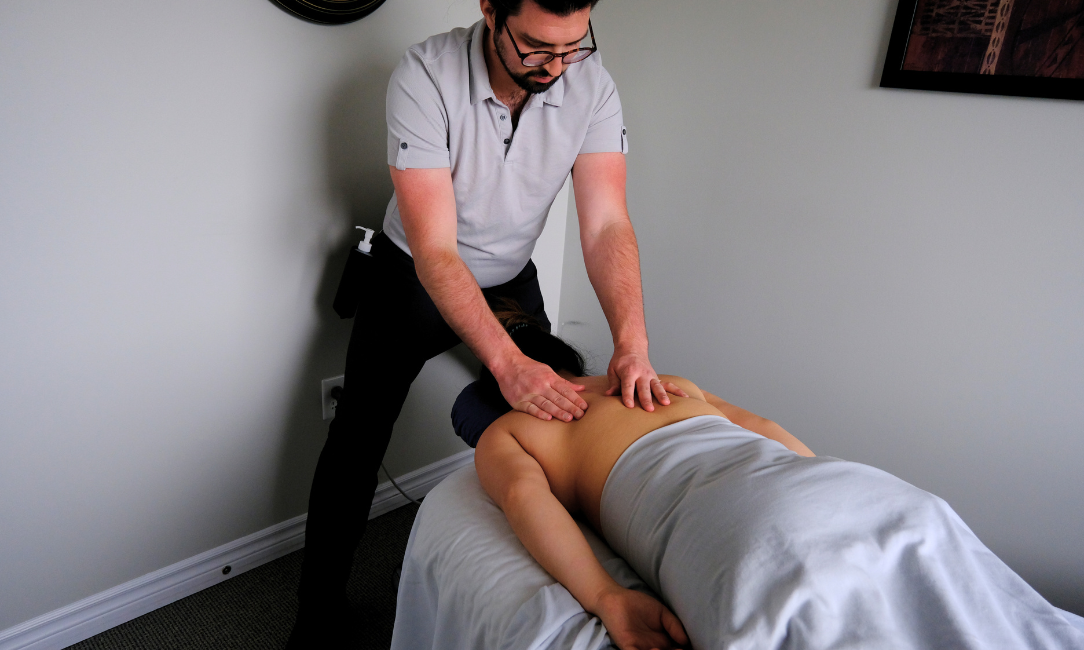The Role of Physiotherapy, Massage Therapy, and Occupational Therapy After Joint Replacement Surgery
Joint replacement surgeries are incredibly common, with over 100,000 performed each year in Canada. We see many people in the clinic who are either waiting for joint-replacement surgery or who are recovering from surgery. Physiotherapy, Massage therapy and Occupational therapy can play an integral role in the recovery process from joint replacement surgery.
Common Types Of Joint Replacement Surgery
Hip Replacement
A hip replacement involves replacing the damaged part of the hip with new artificial parts. Osteoarthritis, Rheumatoid arthritis, an injury, fracture or childhood hip disease are all common reasons why a hip may need to be replaced.
Knee Replacement
Knee replacement surgery involves replacing damaged parts of the knee with new artificial parts. This can include the entire joint (also called a total knee replacement) or just one section. Osteoarthritis or other arthritis conditions are the most common reason why a knee is replaced.
Why Rehabilitation is Important
After your joint replacement surgery, getting moving again is an important part of the healing process. You’ll want to regain your muscle strength and range of motion.
Physiotherapy, massage therapy and occupational therapy can all help you get back on your feet - and back to the things you love!
How Physiotherapy Can Help
Regaining your muscular strength and flexibility is key after a joint replacement. After joint replacement surgeries, you will often experience a temporary reduction in mobility and strength, along with stiffness and discomfort. Physiotherapists can help by providing you with exercises to do at home or at an onsite gym. They can also help manage and reduce pain, and help you resume your daily activities.
Physiotherapy can also be helpful while you wait for joint replacement surgery to manage pain and stiffness. Generally by engaging in physiotherapy before you have your joint replacement surgery, you are better equipped to navigate the challenges associated with surgery and recover more efficiently.
How Massage Therapy Can Help
Massage therapy can help in collaboration with physiotherapy during your recovery from a knee or hip replacement. Massage therapy can help decrease muscle stiffness and pain as well as general discomfort. Lymphatic drainage can be helpful in decreasing the swelling around the affected joint. In the first 6-8 weeks post surgery, massage therapy will focus on other compensating structures, for example, your other leg, or your back. After that time, typically massage can begin on the replaced joint.
While you wait for joint replacement surgery, many people report that massage therapy helps reduce pain, swelling and stiffness.
How Occupational Therapy Can Help
Occupational therapy helps you by finding ways to solve problems that interfere with your activities of daily living, or “occupations”. Despite the name, it doesn't have to be job related! They can help you by teaching you new ways of doing things, helping you regain skills and develop new ones, by showing you materials or equipment that makes life easier and helping to adapt your environment to work better for you.
Before joint replacement surgery, occupational therapy can be especially helpful to help you find ways to participate in your activities of daily living.
Get Back To The Things You Love
No matter what is holding you back from doing the things you love, we want to help get you back on your feet - literally!
Make an appointment for an assessment with us by calling
902 865-8100.
